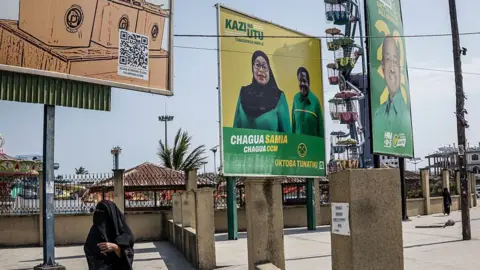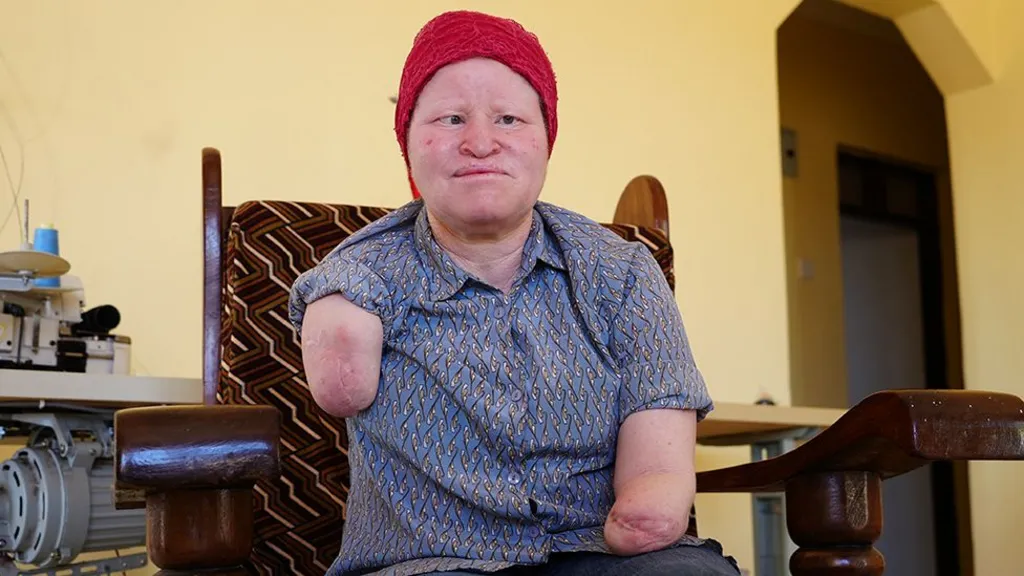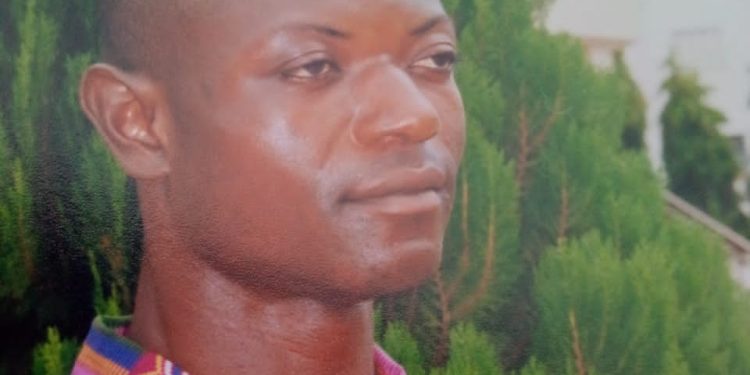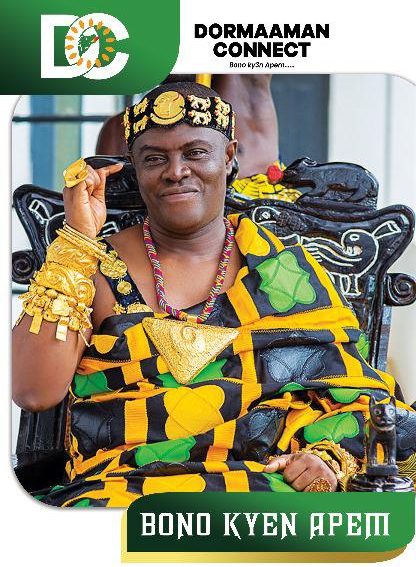Fresh trauma arrives with every election season in Tanzania for 42-year-old Mariam Staford.
For most, the fiesta-like rallies and songs, along with the campaign messages, signal a chance for people to make their voice heard. But for those with albinism, they bring terror.
Warning: This article contains details of graphic violence that some people may find upsetting
“The first thing that comes to me is fear,” Mariam tells the BBC as people prepare to vote for a president and parliament on Wednesday.
“I know that killings of people with albinism happen especially at election time in Tanzania, when witchcraft beliefs intensify. That’s why I don’t take part in campaigns… I am so afraid.”
Albinism, which affects an estimated 30,000 people in Tanzania, is a rare genetic condition that reduces melanin – the pigment that gives colour to skin, eyes and hair.
Superstition has made those with the condition targets. The false belief that body parts of people with albinism bring wealth, luck, or political success have driven attacks and killings across Tanzania.
Activists say such assaults intensify in the run-up to an election as people vie for political influence.
Mariam knows what this danger looks and feels like personally.
In 2008, one of the bloodiest years for people with albinism in Tanzania as preparations for local elections were under way, machete-wielding men stormed into her bedroom in Kagera, a north-western border region.
“They came at a late hour of the night, cut off my right hand [from above the elbow] and took it away, and then they also cut off my left hand.
“The next day I was taken to a dispensary, unconscious, and the doctor who saw me said: ‘This person is already dead, take her back home and bury her’.”
Against the odds, Mariam survived – but she was five months pregnant and her unborn child did not.
 AFP via Getty Images
AFP via Getty ImagesThe attack not only left her with permanent disabilities but forced her to abandon Kagera, one of the epicentres of ritualistic killings of people with albinism at the time.
She eventually resettled in the relative peace of the Kilimanjaro region, where a rights group for people with albinism, Under the Same Sun, built her a house and trained her to use a knitting machine. She now makes sweaters.
Seventeen years on, the trauma has not faded.
“Even now, I sometimes dream of that night,” Mariam says. “When I wake up, I touch my arms and remember they are not there. It is something I will never escape.”
What happened to Mariam was one of scores of attacks targeting people with albinism and their body parts.
Under The Same Sun says there have been 211 such incidents in Tanzania since 2008:
- 79 people have been killed
- 100 people were mutilated but survived
- Three victims were not injured
- Two people were abducted and remain missing
- 27 graves have been desecrated and body parts looted.
In 2008 alone, as many as 35 people with albinism were murdered, while many other deaths probably went unreported.
Those killings drew global condemnation, prompting a government crackdown. The president at the time, Jakaya Kikwete, condemned the attacks and called for tough action against the killers.
As a result, Tanzania stepped up investigations when it came to witchcraft-related killings of people with albinism and tightened laws against discrimination.
There have also been attempts to raise public awareness about the issue.
At a traffic roundabout in the town of Sengerema in the north-west, a monument has been built to commemorate the children, women and men with albinism who have lost their lives or were maimed in attacks.
The life-size metal statue shows a father lifting a child with albinism onto his shoulders while the mother shields it from the sun.
Mariam’s name is carved in the monument.
So is that of Mariamu Emmanuel, who was just five when she was killed in 2008.
BBC







Leave a Reply